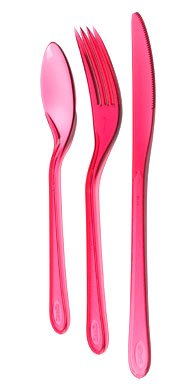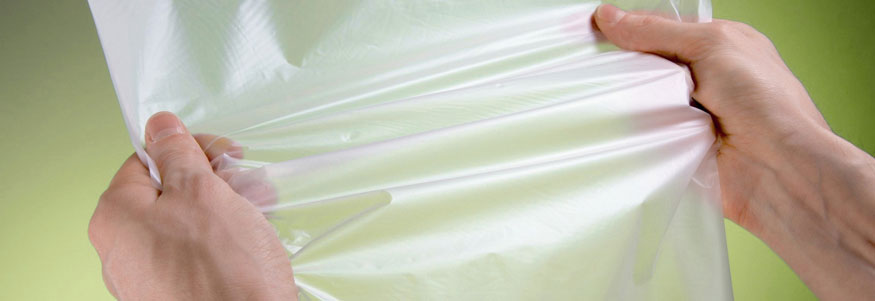We were recently challenged to design a durable product that could be used a few times a day, would be able to be washed countless times in a dishwasher and would last for a few years. Oh, and the product needed to have strong “green credentials”; a challenge indeed.
Consumer durable goods need to be able to be economically mass produced and work properly everyday for a number of years. These are the products that your parents and grandparents still have that will become the collectables of the future, continuing to do their jobs every time required. Since the invention of “Bakelite” in 1909, plastic materials have been a staple material for mass manufactured consumer durable products.
Having played around with moulding Italian made starch based plastics (MaterBi) in the late 1990’s, this gave us a good place to start. These types of plastic were unique in that they were manufactured from corn starch and were biodegradable, able to completely breakdown under microbial attack in composting conditions or even dissolve in water. These materials were the ancestors of the materials commonly used in biodegradable plastic bags for the last decade or so.
A problem for the starch based plastics of the 1990’s was their restricted availability. Startup manufacturers had limited capacity; supply was scarce and came with a high cost; about 10 to 15 times the cost of basic plastics. The performance of the moulded material was mechanically poor and processing was complicated by the water content in the stock material and stiff melt flow characteristics. Filling existing moulding tools was a challenge. At the time, the main applications for the material we foresaw was for products used in the nursery industries, for example, plant pots, seedling trays, support stakes and labels and in agriculture, for example, baling twine, wrappings, ear tags and castration bands – areas suited to a couple of our clients at that time. Unfortunately, none of the ideas at that time were feasible and our active work on applications for the material tapered off.
Of course, others continued their work on applications for the material and eventually these began to appear, most notably as disposable cutlery, plates and bowls for the 2000 Sydney Olympic Games, foam packaging peanuts and plastic bags and films for all types of uses.
In keeping a lookout for developments in this area since the 1990’s it has only been in recent times that we have seen the materials develop to the point where there are wider applications beyond packaging and niche industries.
The results of the rocketing costs of fossil fuels along with a worldwide awakening to the realization that fossil fuels are a non renewable finite resource has reinforced the need for new types plastics that can manufactured from renewable resources. We are now starting to see more and more products in mainstream markets manufactured using sustainable materials.
A new category is being used to describe these types of materials, Bioplastics. Other than the starch based materials, two other technologies have developed to a commercial standing in this field, PHB types and PLA types. Read more about the varieties of bio plastics here.
After researching the field, we selected a candidate PLA material supplied in Australia by Dsolv Products Pty Ltd and set about developing our understanding of how it could be used in our application.
At this stage, there were lots of questions; How will it process? Will it hold boiling water? How many dishwasher cycles will it last? How do we assemble components together? How long will it last?
And the answers? Well we are still working at getting these. Most of the Bioplastics are still being formulated to order using stock polymer resins with different additives and blends to produce the desired result. There is little inf ormation available publically and people’s experiences are not yet documented.
ormation available publically and people’s experiences are not yet documented.
Our key learnings so far.....
- We have now managed to mould this material with good results.
- We found that we could process the material easily.
- The material survives hundreds of dishwashing cycles without degradation and can hold boiling water without deformation
- Components can be assembled using common welding processes, including basic hot plate welding and ultrasonic welding
Material costs starting from $3.00 per kg are low enough now to provide real and viable value for consumers; all made from a material that is compostable and made from renewable resources that can be produced year after year after year…
We will continue to bring you our experiences with this material as we develop our consumer durable product. So keep an eye out in coming newsletters for more on how we succeed in our challenge.
If you would like to see how these materials might be applicable to the products in your portfolio or discuss how you might be able to use them in your new products we would be delighted to speak with you. Contact Mark Bayly by This email address is being protected from spambots. You need JavaScript enabled to view it. or call 03 9413 9000 and talk with a member of our team so that we can organise a suitable time to discuss your ideas or requirements

